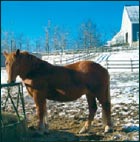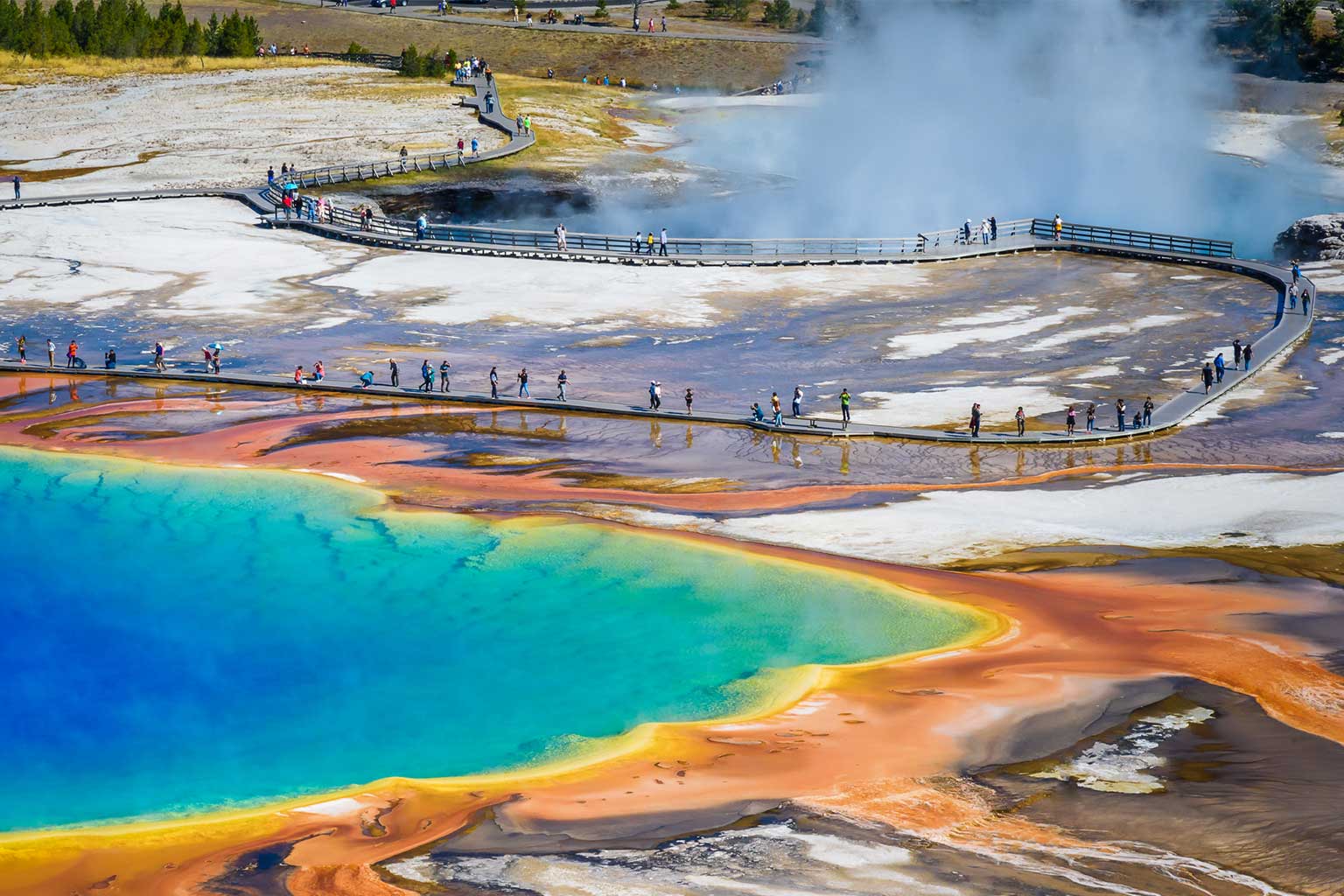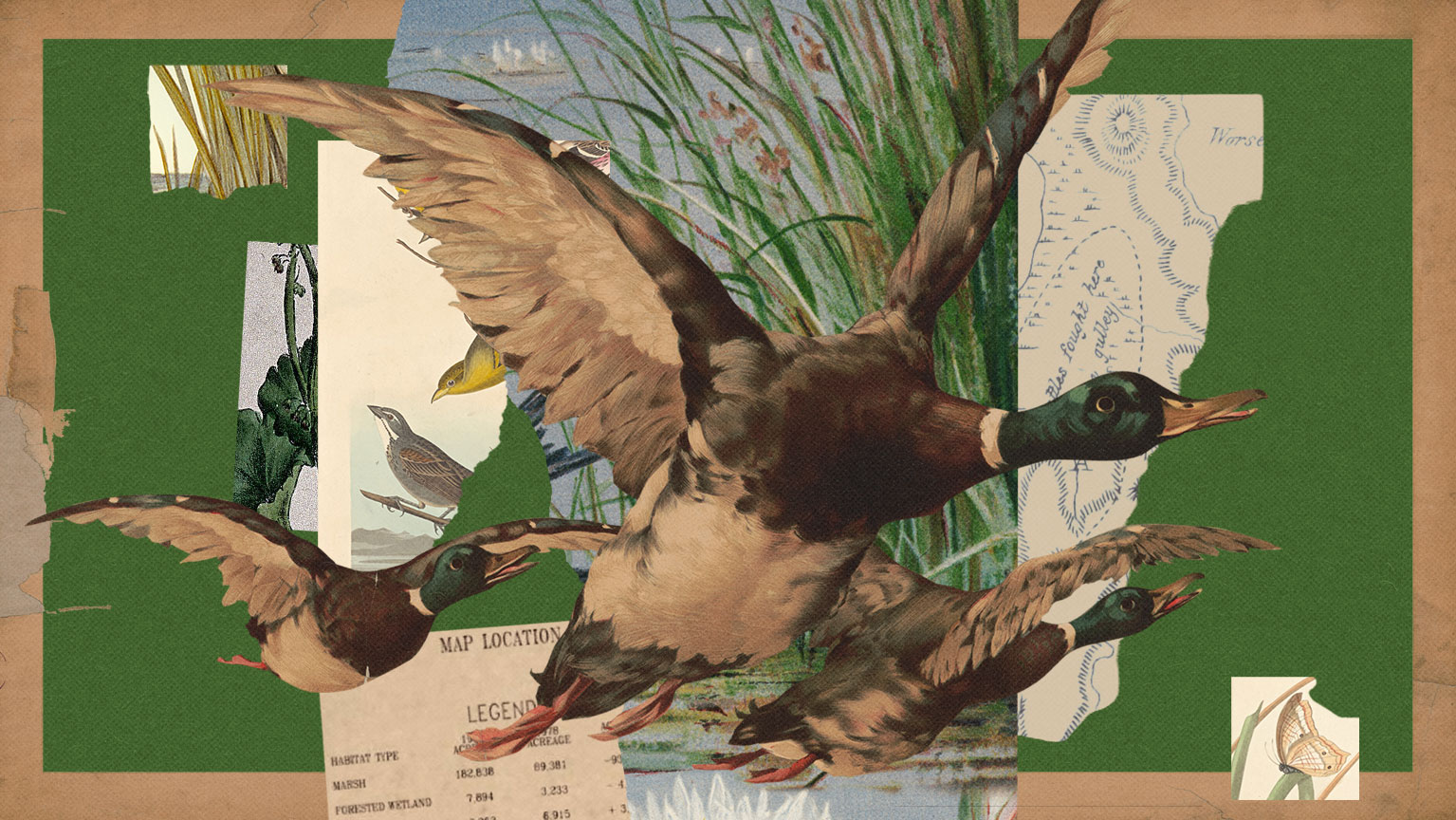
Metcalfe was moved by the plight of the animals, but she also saw the bigger picture, the threat to biodiversity. Extinction would mean the loss of invaluable genetic material. If she wanted to help save these rare breeds, farming was the way to go. After a brief go at raising sheep in Silicon Valley, she bought a 150-acre farm in Maine and established the Kelmscott Rare Breeds Foundation to give these unique animals a chance at survival.
The Cotswold sheep was Metcalfe’s introduction to livestock breeding. Although she had no experience to draw upon, she says, ” I did my own research. I talked to people, and more people, and did some digging until I had a little bit of knowledge, which is always dangerous because it leads you to think that you might actually be able to do it.”
Soon after her husband signed on to the project, she had six Cotswold sheep milling about her yard.
In response to her hard work, her small flock flourished, so when the police arrived to investigate a complaint of animal cruelty, she could not have been more shocked. Apparently neighbors in her upscale community had reported her for leaving the sheep out in the rain.
Metcalfe quickly managed to clear up any misunderstanding with the authorities, but the irony of the situation remained. Cotswold sheep are known for their hardiness. They have dense coats of long, coarse, curly wool and can easily withstand cold, wind, and rain. For those whose memories extend back to pre-polar-fleece days, wool was the fabric that kept you warm when it was wet. Cotswolds can forage for themselves and have a strong mothering instinct, ensuring a high survival rate for their lambs. A bit of California rain would do them no harm.
The characteristics that made the Cotswold so valuable to farmers in the 1800s and early 1900s are mostly inconsequential today. Farmers prefer sheep that grow a softer wool, and they are more concerned with meat yield than mothering.
The most extreme example of breeding for consumers may be the turkey. Preference for white meat has led to the creation of turkeys with such huge breasts that they are no longer able to perform the act of procreation. The frozen turkeys in the freezer section of the local supermarket are brought to you through artificial insemination.
Modern agriculture has bred animals that are ideal for mass food production. They grow more quickly, reproduce faster, and give more milk, more meat, and more eggs than the old breeds. What has been lost in the process is a certain hardiness and self-sufficiency that is common to wild animals.
The other downside of this high-production model is the reliance of the entire industry on a handful of breeds. For example, the Holstein cow provides 95 percent of our milk. It is a prodigious producer at 24,000 pounds a year compared to the Kerry cow, which can manage only 8,000 pounds. Eggs, broiling chickens, and pork products face the same problem; two or three breeds are responsible for most of the production. If disease should target these breeds, food supplies would plummet.
To prevent just such a disaster, Kelmscott Farm and a small number of other breeders are saving heritage livestock and thus preserving biodiversity. During the recent outbreak of mad cow disease in Britain, American breeders anticipated they might have to supply the country with new genetic material.
Metcalfe’s approach to saving rare breeds is to re-establish market niches where the unique characteristics of the animals will have value. Kelmscott Farm is not a museum for the animals; rather, it is a place to breed them, to introduce them to farmers and producers, to sell them, and to educate the public about the importance of heritage livestock.
On a recent visit to Kelmscott Farm, neat gray barns and sheds overlooked a panorama of red and gold autumn leaves. The pastures and pens were stocked with 200 animals representing twenty varieties of sheep, pigs, cows, horses, and poultry. David Oakes, the farm manager, was eager to show off his charges, most of which were soaking up the late fall sunshine. The waterfowl at the pond were entertaining a flock of Canada geese, while the chickens pecked without pause in the farmyard. A Gloucestershire Old Spots sow watched her rowdy piglets fight for a friendly scratch from the visitors. And a Jacob’s sheep with beautiful curving horns pranced daintily while the warmly clad Cotswolds chewed.
The scene could easily have been one from a hundred years ago, but Oakes was quick to point out that despite appearances, the farm operates with all of the advanced technology of the twenty-first century. In one of the lower pastures, two identical piglets nuzzled and played. They were cloned from a Gloucestershire Old Spots sow that was the last of her bloodline, but too old for breeding. To preserve as much biodiversity as possible among their reduced numbers, cloning made sense. A tiny piece of Princess’s ear was delivered to Infigen Inc., a biotechnology company in Wisconsin. The DNA was extracted and inserted into the eggs of a common Yorkshire pig. In April, the piglets were delivered naturally-the first endangered swine in the world to be cloned.
Perpetuating breeds the old-fashioned way is what normally happens at Kelmscott. In order to do this, Metcalfe is slowly setting in motion the wheels of supply and demand. “You have to demonstrate to a farmer that there is a good compelling reason for taking these breeds on because they have been deemed to have no commercial value,” Metcalfe says. “When you show that you can make a profit at it, this will hook the farmers into raising them.”
As a one-person marketing department, Metcalfe packed a leg of lamb in a red Coleman cooler and hopped a bus from Maine to Boston. She had an appointment with a top-of-the-line meat retailer who sells to gourmet chefs. At the meat counter, she revealed her leg and announced, “You should buy this because it is fabulous meat.” They tried it. They liked it. They bought it. Chefs at three five–star restaurants in New York now list pasture-raised, heritage breed, Kelmscott Farm lamb on their menus.
“The chefs are really into this now,” Metcalfe says. They love the tenderness and the subtle flavor of the lamb that doesn’t require it to be doused in sauces and herbs. Orders are flowing in and the meat is commanding nearly double the price of commodity lamb. Metcalfe has stimulated demand, and in so doing created a supply problem. “Right now we are trying to increase supply so we are looking for more pastures and ways to get additional animals on the market,” At this point, farmers might be able to see some of the advantages of raising old breeds.
The more consumers who eat pasture-raised meat, the more old breeds that will survive. It might seem counterintuitive to eat animals in order to save them, but the market works.
Linda Platts is PERC’s editorial associate and Web site manager. She recently visited the Kelmscott Farm on a trip to Maine.


